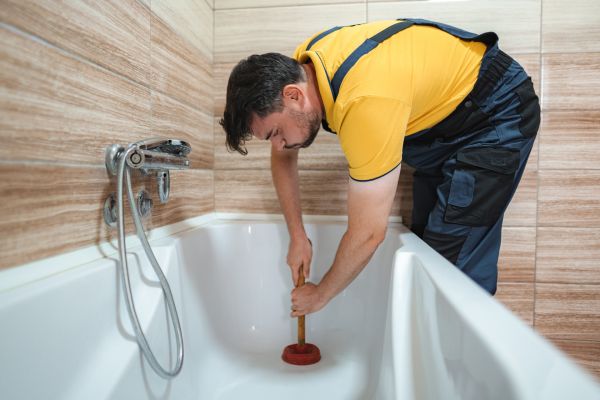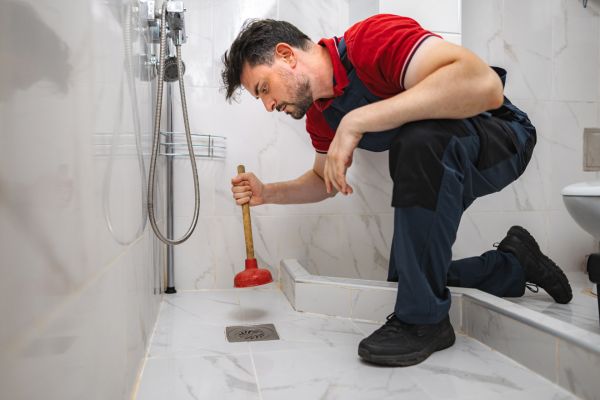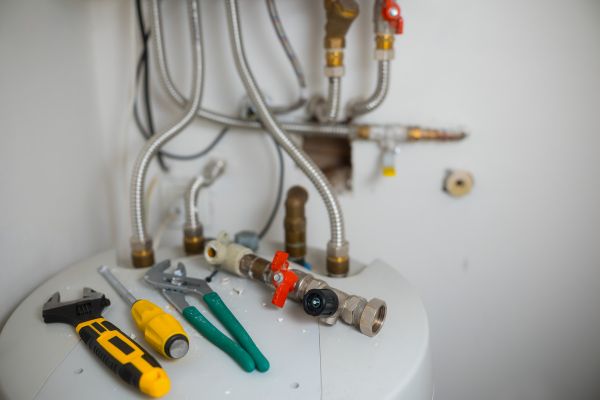When it comes to maintaining the comfort and safety of your home, residential plumbing often takes center stage. Whether it’s a small leak or a major repair, plumbing issues can be disruptive. However, with the right knowledge and a little foresight, you can tackle common plumbing problems like a pro and keep your home’s systems running smoothly. In this comprehensive guide, we’ll explore everything you need to know about residential plumbing, including tips, common issues, and how to avoid expensive repairs.
Residential Plumbing
Residential plumbing refers to the system of pipes, fixtures, and fittings responsible for water supply and waste removal in homes. From your kitchen sink to your bathroom shower, your home’s plumbing is an essential part of daily life. But here’s the thing—most homeowners don’t think about their plumbing until something goes wrong. By then, a minor issue can turn into a major headache.
In this article, we’ll break down the basics of residential plumbing, offering tips on maintaining your system, troubleshooting common issues, and knowing when to call a professional. So, whether you’re a seasoned DIY enthusiast or someone who just wants to keep the water flowing smoothly, this guide is for you!
How Does Residential Plumbing Work?
At its core, a residential plumbing system consists of two main components:
- Water Supply System: This is responsible for bringing clean, fresh water into your home. It includes pipes, valves, and faucets that deliver water to sinks, showers, toilets, and appliances like dishwashers and washing machines.
- Drain-Waste-Vent System (DWV): This part of the system removes wastewater from your home and ensures that waste flows out while keeping harmful sewer gases at bay. The venting system is essential for maintaining proper drainage.
The combination of these systems ensures that clean water comes in and dirty water goes out without any hiccups. But when something goes wrong—well, you’ll know it fast!
Common Residential Plumbing Issues
Even the best-maintained systems can run into trouble from time to time. Here are some of the most common plumbing problems homeowners face:
1. Leaky Faucets
A leaky faucet might seem like a small issue, but it can waste gallons of water over time. Plus, that constant drip-drip-drip can be downright annoying! Fixing a leaky faucet is often a quick job that involves replacing a worn-out washer or O-ring.
2. Clogged Drains
There’s nothing worse than a clogged drain. Whether it’s in the kitchen or the bathroom, a blockage can slow things down and even cause backups. A simple solution is using a plunger or a drain snake, but if the clog is deep or stubborn, you might need to call in a professional.
3. Running Toilets
If your toilet keeps running long after you’ve flushed, it’s wasting water and driving up your utility bill. The good news? It’s usually caused by a faulty flapper or fill valve, both of which are easy to replace.
4. Low Water Pressure
Are your showers less than satisfying? Low water pressure is often caused by mineral deposits in pipes or fixtures. In some cases, it might be a sign of a bigger issue, like a hidden leak or a problem with your municipal water supply.
5. Water Heater Problems
Nothing ruins your morning faster than stepping into a cold shower. Water heater issues can stem from a variety of causes, including sediment buildup, faulty thermostats, or even a broken heating element. Regular maintenance can prevent these problems from cropping up.
DIY Plumbing Tips to Save You Money
While some plumbing problems require a professional, there are plenty of smaller issues you can handle yourself. Here are a few DIY tips to keep your plumbing system in top shape:
1. Unclog Your Drain Naturally
Before you reach for the chemical drain cleaner, try using a natural solution of baking soda and vinegar to clear out minor clogs. Pour a cup of baking soda down the drain, followed by a cup of vinegar. Let it sit for 30 minutes, then flush with hot water.
2. Fix a Running Toilet
Most running toilets can be fixed by adjusting or replacing the flapper inside the tank. It’s an inexpensive part that’s easy to install.
3. Check for Leaks
Inspect your faucets, showerheads, and visible pipes regularly for leaks. Even small drips can add up over time and increase your water bill. Plus, water damage can lead to mold and mildew if left unchecked.
4. Replace Showerheads and Faucets
Upgrading your fixtures can not only improve the look of your bathroom or kitchen, but also help save water. Many modern showerheads and faucets are designed to reduce water usage without sacrificing performance.
5. Insulate Your Pipes
In colder climates, frozen pipes can burst, leading to costly repairs. Insulating your pipes, especially in unheated areas like basements and crawlspaces, can prevent this from happening.
When to Call a Plumber
While DIY fixes can save you time and money, there are times when calling a professional is your best bet. If you experience any of the following issues, it’s time to call in the pros:
- Frequent drain clogs: If your drains keep clogging, there could be a bigger issue with your main sewer line.
- Low water pressure throughout the house: This could indicate a problem with your water supply or a hidden leak.
- No hot water: If your water heater is on the fritz, a plumber can diagnose and repair the issue.
- Sewage backup: This is a serious issue that requires immediate attention to prevent further damage and health hazards.
- Burst pipes: If a pipe bursts, you need to act fast. Shut off your water supply and call a plumber right away.
FAQs About Residential Plumbing
Q: How often should I have my plumbing inspected?
A: It’s a good idea to have a professional inspect your plumbing system at least once a year. This can help catch small issues before they turn into big problems.
Q: Can I prevent clogged drains?
A: Absolutely! Avoid putting grease, hair, and large food particles down your drains. Using drain covers in your sinks and showers can help keep debris out of your pipes.
Q: What’s the best way to maintain my water heater?
A: Flushing your water heater once a year helps remove sediment buildup, which can improve efficiency and extend its lifespan.
Q: Is a dripping faucet really a big deal?
A: Yes! A dripping faucet can waste hundreds of gallons of water each year, leading to higher bills and unnecessary water waste.
Q: Can hard water damage my plumbing?
A: Hard water can cause mineral buildup in your pipes, reducing water pressure and damaging appliances. Installing a water softener can help mitigate these effects.
Conclusion
Residential plumbing is an essential part of your home’s infrastructure. While some issues are inevitable, taking the time to maintain your system can save you from costly repairs and headaches down the road. From fixing small leaks to insulating pipes, there are plenty of simple tasks you can handle yourself. But when the going gets tough, don’t hesitate to call in a professional plumber.
By staying proactive and understanding how your plumbing system works, you can keep your home running smoothly and efficiently. After all, a well-maintained plumbing system is key to a happy, healthy home!



